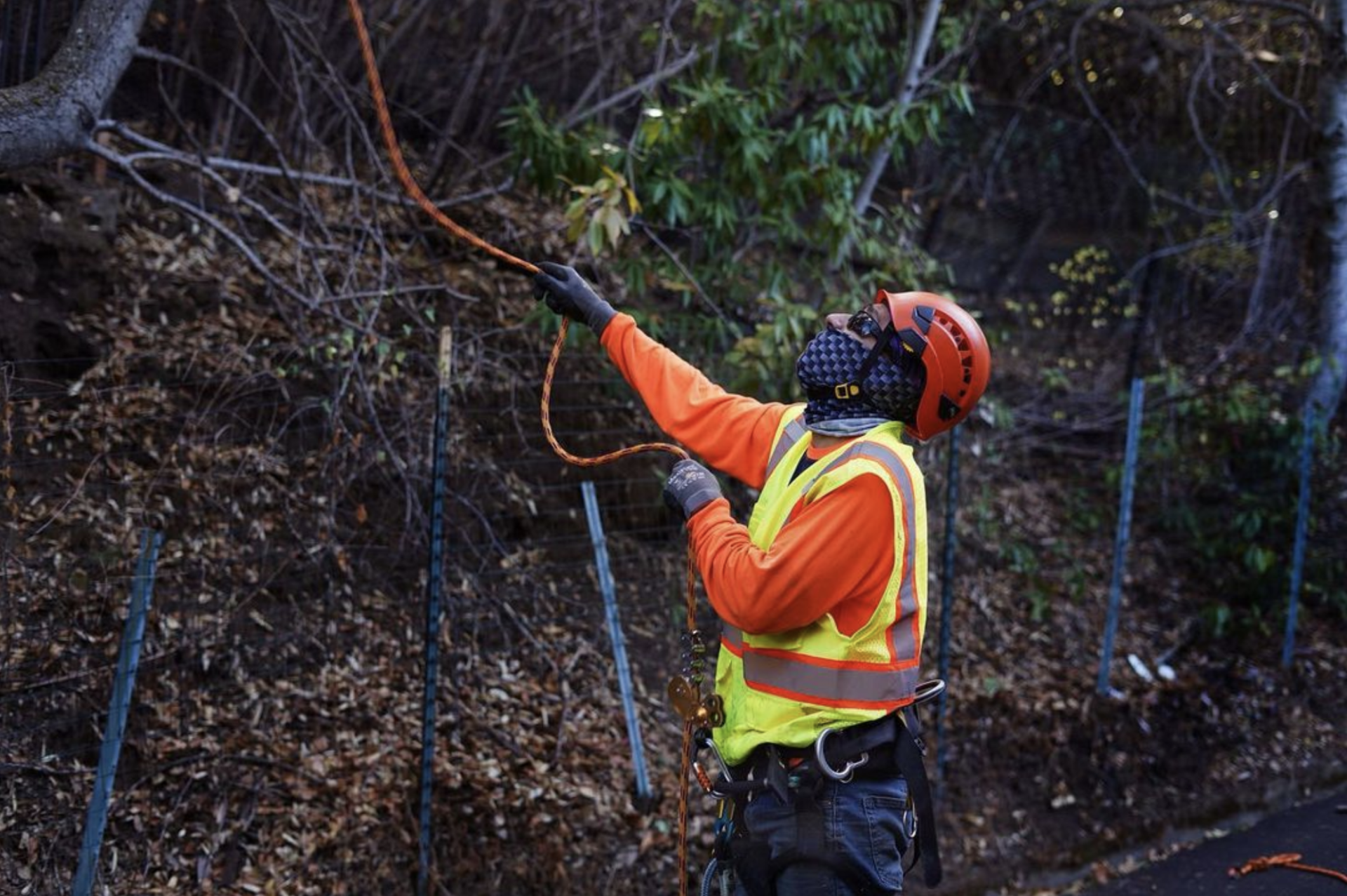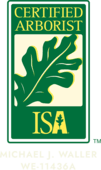As a property owner or manager, you are responsible for the safety of anyone who steps foot onto your land. This includes ensuring that any trees on your property are safe and pose no risk to guests or passersby.
In this article, we'll delve into some of the aspects to keep in mind when it comes to managing the risk associated with your trees.
Share this page:


About the Author
Michael Waller is an
ISA-certified arborist
with over a decade of experience caring for trees. His passion is supporting urban forests and trees' vital role in our environment.
Tree risk management helps identify and assess potential risks associated with trees and takes steps to mitigate those risks. By taking proactive measures to reduce the risk of tree-related injuries or damage, you can also reduce your liability if something happens.


Trees Bring Value and Risk to Your Property.
There are many benefits of trees on your property. They can provide shade, privacy, and aesthetic appeal. They can also help to reduce energy costs, improve air quality, and increase property value.
There are also several potential risks associated with trees on your property. If a tree is not correctly cared for, it can become a liability. Some potential risks associated with trees on your property include:
- falling branches or trees could damage your home or injure someone
- roots growing into your sewer, water lines, or foundation
- overhanging branches, which could interfere with utility lines
- infestation of pests or diseases could spread to other trees or plants on your property
You Have to Manage the Risk That Comes with Trees
Tree risk management is the process of assessing and managing the risks associated with trees. This includes identifying potential hazards, evaluating the risks posed by those hazards, and taking action to mitigate or eliminate those risks. Tree risk management is a critical part of ensuring the safety of people and property, and it is an important consideration in any tree management program.
Tending to Your Trees Helps Mitigate Why Trees Fail
One of the more common reasons trees fail is poor care. Trees need to be watered, fertilized, and pruned regularly to stay healthy and strong. Other reasons trees fail includes:
- Improper planting: If a tree is not planted correctly, it may not be able to get the nutrients and support it needs to grow properly.
- Damage to the roots: If the roots of a tree are damaged, it may not be able to take up water and nutrients properly, and may eventually die
- Disease: Some diseases can kill trees, especially if they are not treated promptly.
- Pests: Certain pests can damage or kill trees, depending on the species of tree and the severity of the infestation.
Spotting the Risk Associated with Your Trees Is Vital.
There are several ways to identify potential risks associated with trees on your property. One way is to look for signs of damage, such as cracks, splits, or hollow areas in the trunk or branches. Other indications that a tree may be unsafe include dead or dying branches, leaning trees, and trees with large roots pushing up against sidewalks or buildings.
To identify potential risks associated with trees on your property, it is best to have a certified arborist or tree risk assessor come to your property and inspect your trees. They will be able to perform a tree risk assessment and recommend the best course of action.
Risk Assessments Help You Make Better Tree Decisions.
A tree risk assessment is a critical tool for managing tree risk and identifying potential hazards posed by a tree. It is typically conducted by a certified arborist or other trained professional and considers the tree's size, age, condition, location, and surrounding environment.
Good Risk Management Keeps Trees Safe for People and Property.
As a property owner, you have an obligation to ensure that your trees are well-maintained and pose no risk. This is to protect people and property around you. Tree risk management can help you assess and manage the risks associated with trees. As part of your risk management program, it is essential to have periodic risk assessments conducted by a qualified arborist. These assessments provide reliable and objective opinions on the condition of your trees and the risks they may pose, helping you to keep your trees safe.
FAQs
The Bottom Line...
By regularly assessing the condition of your trees and taking action to mitigate any risks, you can help protect your home or business from the potential damages from trees.
We invite you to learn more about how Arbor Vision's risk assessments can help you manage the tree risk on your property.
Share this page:

